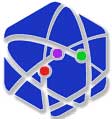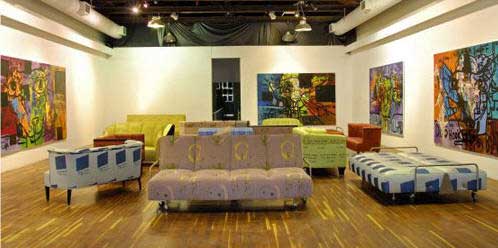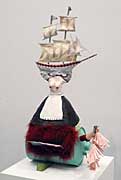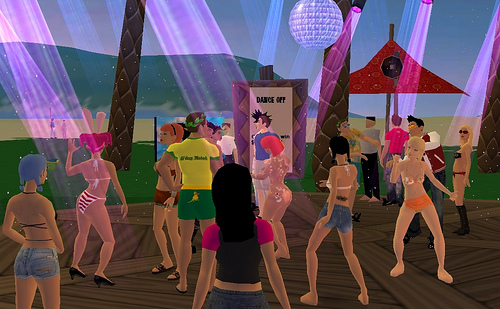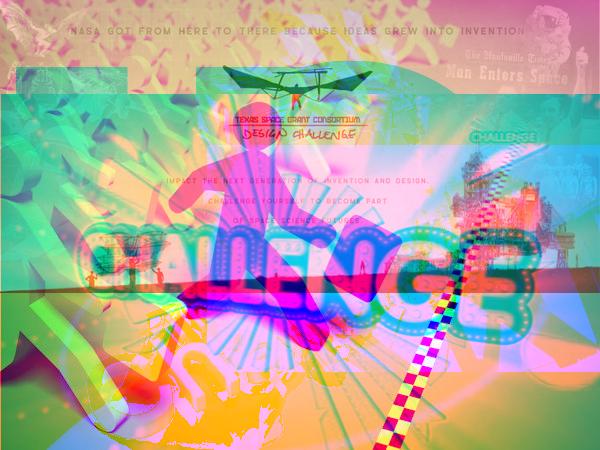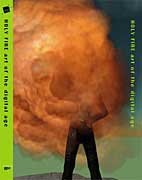
Holy Fire
Holy Fire: Art in the Digital Age will present a unique panel of digital artworks created since 2000 by internationaly known media artists. The exhibition will be featured at iMAL new media center in Brussels (www.imal.org/) as part of the “off program” of Art Brussels, the international contemporary art fair ( www.artexis.com/ArtBrussels/, April 18 – 21, 2008).
Holy Fire is probably the first exhibition to show only collectible new media artworks already on the art market, in the form of traditional media (prints, videos, sculptures) or customized new media objects. Holy Fire presents contemporary artworks made with contemporary technologies and designed to be collectible.
Artists: Cory ARCANGEL, Gazira BABELI, BOREDOMRESEARCH, Christophe BRUNO, Grégory CHATONSKY, Miguel CHEVALIER, Vuk COSIC, Shane HOPE, JODI, LAb[au], Joan LEANDRE, Golan LEVIN, Olia LIALINA & Dragan ESPENSCHIED, Eva and Franco MATTES aka 0100101110101101.ORG, Alison MEALEY, Mark NAPIER, Casey REAS, Charles SANDISON, Antoine SCHMITT, Yacine SEBTI, Alexei SHULGIN & Aristarkh CHERNYSHEV, John. F. SIMON, Jr., Paul SLOCUM, Wolfgang STAEHLE, Eddo STERN, UBERMORGEN.COM, Carlo ZANNI.
